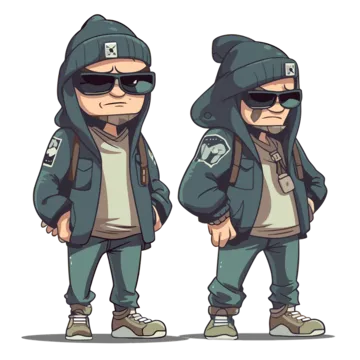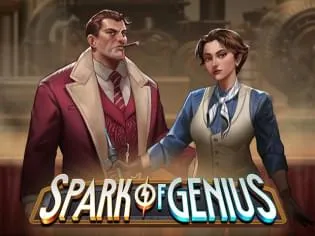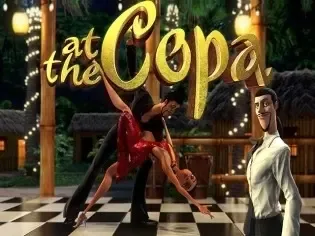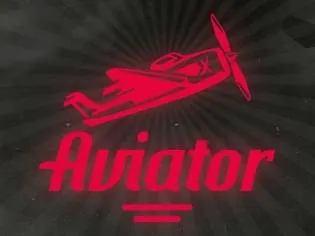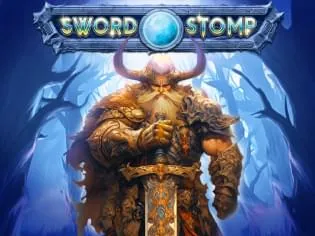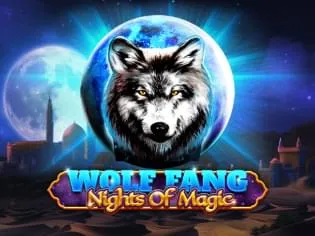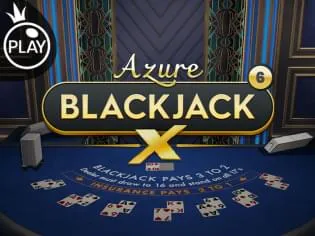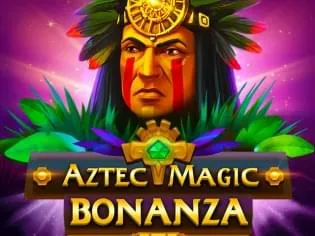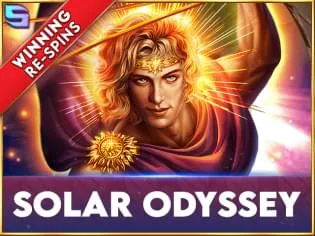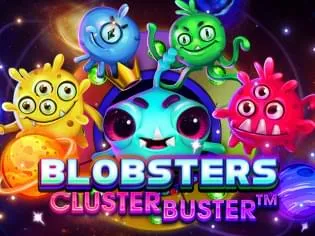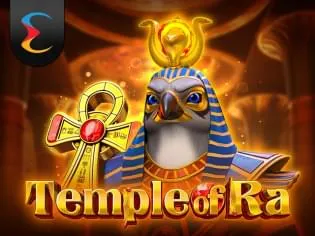Онлайн казино Banda Casino: игровые слоты и бесплатная игра
Банда Казино предлагает широкий выбор игровых слотов для любителей азартных игр. Наслаждайтесь бесплатной игрой в современные слоты с увлекательной графикой и звуковым сопровождением. Разнообразие тематик и бонусных функций позволит каждому игроку найти что-то по вкусу. Попробуйте свои силы в захватывающих турнирах и получайте щедрые призы. Присоединяйтесь к Банда Казино и испытайте удачу прямо сейчас!
Погрузитесь в мир азартных игр с Банда Казино
Банда Казино открывает перед игроками обширную коллекцию современных игровых слотов. Здесь вы найдете слоты от ведущих провайдеров с разнообразной тематикой и уникальными бонусными функциями. Интуитивный интерфейс позволяет быстро освоиться как новичкам, так и опытным игрокам. Вы сможете наслаждаться игрой в любое время и в любом месте благодаря оптимизации под мобильные устройства.
Выбор игровых слотов впечатляет своим разнообразием. От классических фруктовых автоматов до захватывающих приключенческих сюжетов – каждый найдет игру по душе. Высокое качество графики и анимации обеспечивает полное погружение в игровой процесс.
Для тех, кто предпочитает играть бесплатно, предусмотрен демо-режим. Он позволяет ознакомиться с механикой слотов без необходимости пополнения счета. Это отличная возможность разработать собственную стратегию перед игрой на реальные деньги. При этом все функции слотов, включая бонусы и фриспины, доступны в полном объеме.
Банда Казино регулярно проводит турниры с щедрыми призовыми фондами. Участие в них добавляет азарта и позволяет соревноваться с другими игроками за главный приз. Также действуют различные акции и бонусы для активных пользователей.
Для начала игры достаточно пройти простую регистрацию на сайте. После этого откроется полный доступ ко всем возможностям платформы. Служба поддержки всегда готова помочь в случае возникших вопросов. Начинайте играть и открывайте для себя новые возможности в мире онлайн-слотов.
| Особенность |
Детали |
| 🎰 Бренд |
Banda казино |
| 🌍 Сайт |
Banda.casino |
| ⏳ Время работы |
Круглосуточно |
| 🎫 Лицензия |
Curacao |
| 💰 Бонус |
300% + 225 фриспинов |
| 🎮 Игры |
Более 4500 |
| 🔄 Режимы |
Демо, Реальные деньги, Живые дилеры |
| 🎲 Провайдеры |
Playtech, Pragmatic Play, Yggdrasil и многие другие |
| 💻 Платформы |
Windows, Android, iOS, MacOS |
| 🌐 Языки |
Английский, Русский, Немецкий |
| 🎁 Акции |
Приветственный бонус, Кэшбэк, Турниры |
| 💳 Оплаты |
VISA, MasterCard, PayPal, Bitcoin |
| 💱 Валюты |
USD, EUR, TRY, BTC |
| 💲 Мин. депозит |
От 50 долларов |
| 💸 Мин. вывод |
От 100 долларов |
| ⏲️ Время вывода |
От 10 минут до 48 часов |
| 🛠️ Поддержка |
Онлайн-чат, Эл. почта, Телефон, WhatsApp |
